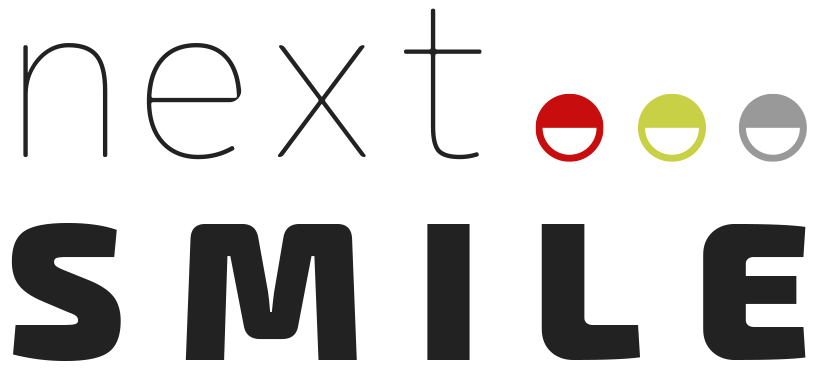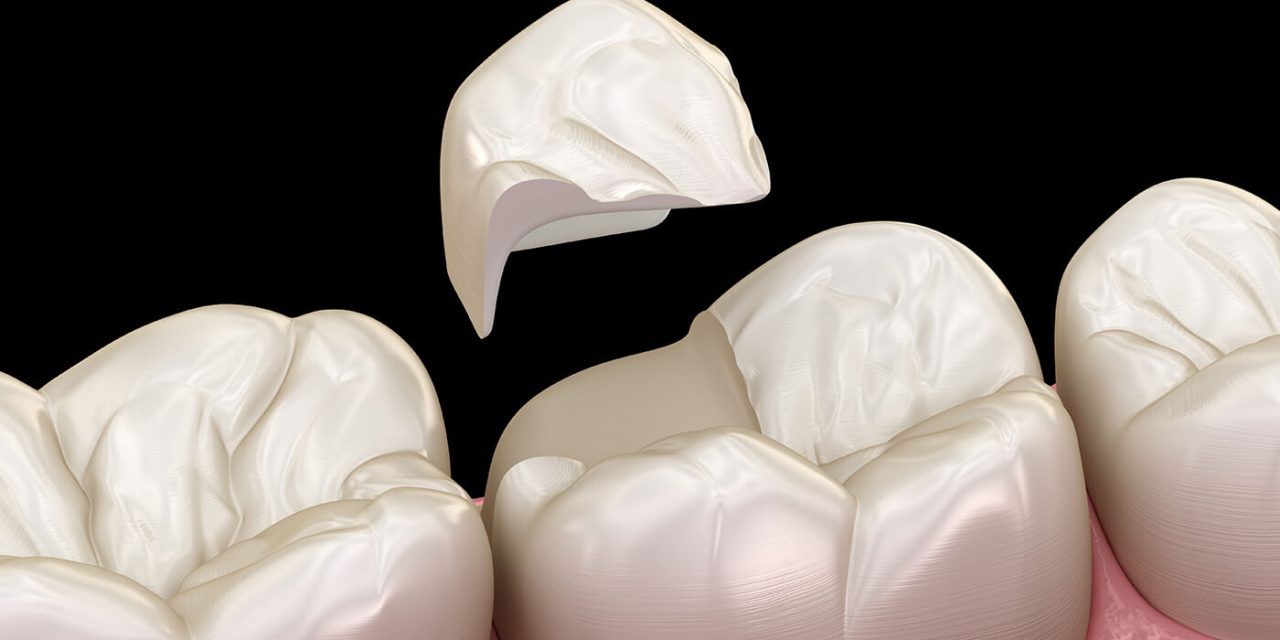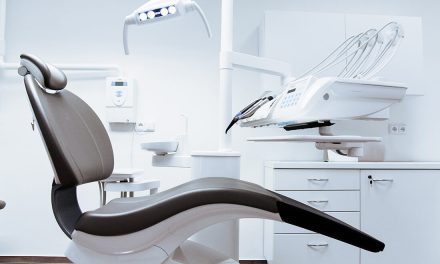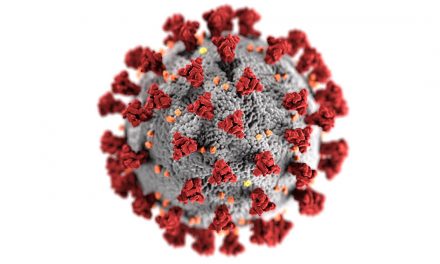II a tooth has been damaged by cavities, there are several repair options after the diseased part of tooth has been removed. The type of tooth restructure will depend on the patient’s wishes, the extent of the damage and how the patient’s bite will be affected. For larger defects in the back of the mouth, inlays or onlays are done to restore the tooth’s natural shape and function. The manufacturing of the inlay or onlay takes place outside the mouth either in a dental laboratory or directly in the dentist’s rooms.
Inlay or Onlay
An inlay is used to repair the damage to a tooth for example after the caries has been removed. A special feature of the inlay is that the edges lie within the surface of the tooth area, so the cusps of the natural tooth are retained. The inlay lies within the tooth, so to speak. So, an inlay repairs a small lesion in the tooth, for example on the tooth’s chewing surface. An onlay, on the other hand, repairs larger defects, and can also include tooth cusps, so the onlay lies on the tooth, so to speak.
The precise fitting and manufacture of an inlay or onlay takes place outside the patient’s mouth. Different dentistry materials are available, for example precious metal alloys (gold) or all ceramics. The appropriate material is selected depending on the specifications. The “custom-made” inlay is inserted by the dentist into the prepared tooth (prepared cavity) and firmly glued or cemented in place.
There are two manufacturing variants for inlays or onlays:
- Analog: The inlay or onlay is modeled with wax by the dental technician and then transferred into the desired material using casting or pressing technology.
- Digital: The inlay or onlay is constructed digitally on a screen and with a Milling machine converted into the desired material (CAD / CAM technology).
Your way to An inlay or onlay
1. Preparation / tooth removal
The dentist removes the diseased parts of the tooth that have been destroyed by caries, and cleans the affected parts. As little as possible and as much as necessary of the natural tooth substance is removed (minimally invasive procedure). The tooth is prepared so that the inlay or onlay receives an optimal base. A cavity (hollow) is created for this.
2. Impression taking / data acquisition
The tooth (cavity) prepared by the dentist is used for the manufacture of the inlay outside the mouth molded. There are two ways to do this:
- Impression (impression) of the tooth situation with an impression material
- Digital recording of the tooth situation with an intraoral camera
When taking an impression of the jaw, the tooth prepared for the inlay or onlay is covered with a precision impression material (silicone) recorded. So that the bite is correct, the opposing jaw is also molded. Plaster models of the dental situation are made from the impressions of both jaws. Depending on the technology, the plaster model can be digitized using a scanner.
When digitally recording (CAD / CAM) the prepared tooth stump and the adjacent ones in the rows of teeth – the situation – is recorded with a small precision camera. Also, the opposite jaw can be digitally scanned in the mouth. The data is immediately available for processing. Depending on the manufacturing process, jaw models are made, for example using 3D printing technology.
3. Manufacture of the inlay or onlay in the dental laboratory
The inlay or onlay is manufactured using either the casting technology (e.g. gold inlay) or by means of pressing technology (e.g. all-ceramic). In addition, digital manufacturing is a common practice. The inlay or onlay is designed in software and then in a CAD / CAM machine ground out of a blank.
4. Materials
Gold-containing precious metal alloys have been proven materials for inlays and onlays for decades. They offer a high degree of accuracy of fit in the marginal area, which increases the longevity of the restoration. In addition, gold alloys have a certain flexibility (comparatively low Flexural strength), which supports the natural feeling. Gold alloys are considered to be well tolerated and low in allergens. The disadvantage is that the aesthetics can be impaired in the visible area.
For aesthetic reasons, many patients prefer tooth-colored materials. There is a selection of high-quality ceramics or plastics you can choose from. Ceramic is biocompatible (well tolerated) and adapts perfectly to the natural tooth substance in terms of shape and color. The inlay or onlay is not perceptible as such in the mouth.
5. Insertion
The precisely fitting inlay or onlay is placed in the patient’s mouth in terms of aesthetics and function controlled. If all requirements are met, the restoration can be permanently integrated into the tooth will. Depending on the material, there is an adhesive incorporation (bonding with the tooth substance) or cementing. The result is a naturally structured tooth.
Lifespan / durability of your inlay
The durability of the restoration inlays depends on the health of the remaining tooth. Hence why tooth decay prevention and good oral care are important. They also offer a long service life. Even the finest inaccuracies between the inlay and natural tooth substance can create a loophole for bacteria and germs.
Inlay or Onlay: Indication and contraindication
The customer decides whether a tooth can be restored using an inlay or an onlay. The dentist will assess the patient’s tooth and mouth situation. If large parts of a tooth are destroyed, the partial or full crown is often the safest solution for a long-lasting restoration. Other factors to consider are possible material incompatibilities of the patient, for example, allergies to metal or plastic, ceramic materials.
Photo: Adobe Images





